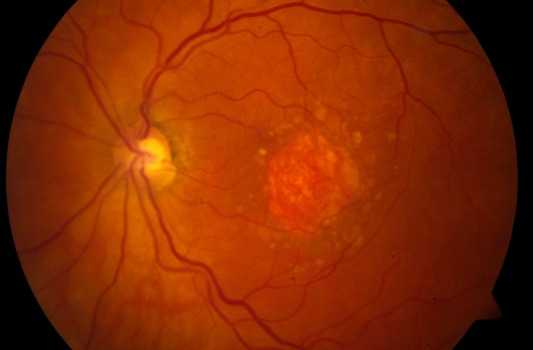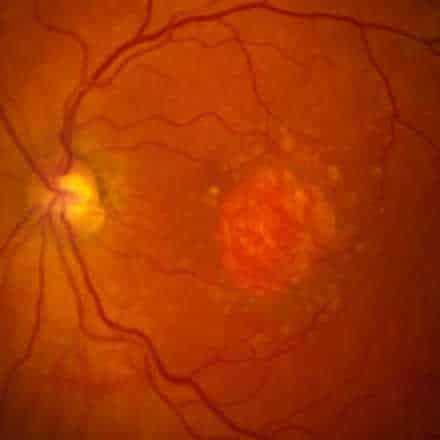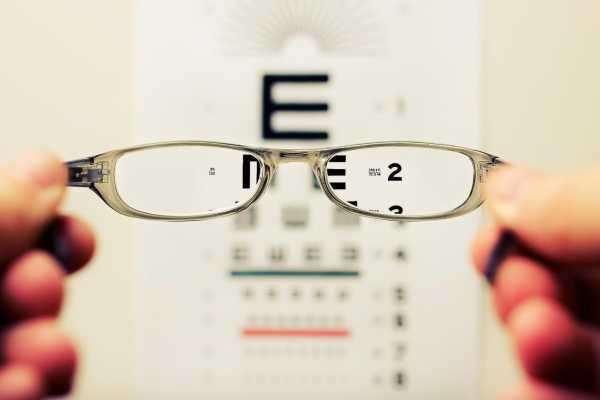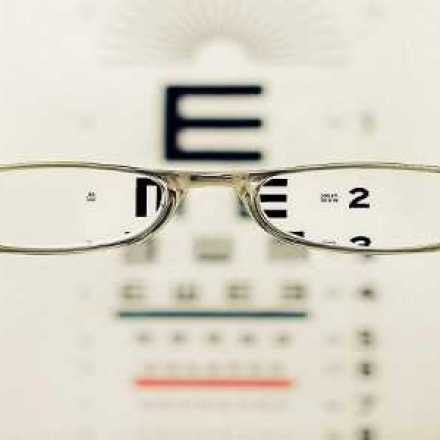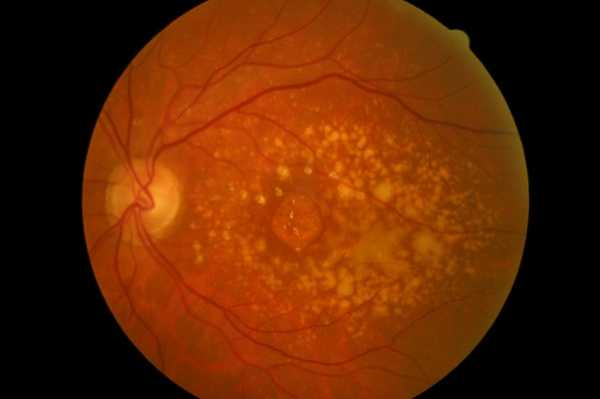
Signs of Age Related Macular Degeneration
Age Related Macular Degeneration often results in blurred or distorted vision as well as a disruption in color perception, sometimes leading to color blindness. However, this disease can be present long before you begin experiencing any symptoms, so it is important to have the health of your eyes checked regularly by a professional.
AMD is usually characterized by the presence of specific conditions that will be recognized by your eye doctor:
Drusens Formation
Drusens are white or yellow deposits of lipids (fatty substances) and calcium that develop under the retina or build up in the back of the eye.
Drusens are very common and most people over the age of 30 have at least one. However, as these drusens are accumulate waste products, they increase in size and number, increasing the risk of developing advanced Dry Age Related Macular Degeneration or even Wet Age Related Macular Degeneration.
Drusens are identified as either hard or soft, with the hard ones being clinically insignificant and harmless. Soft drusens are usually early signs of macular degeneration and often evolve into the disease.
Atrophy of Photoreceptors
Everyone has specialized cells in the retina that respond to light and protect the eye. These cells are called photoreceptors, and one of their functions is to prevent excessive light from entering the eye and causing damage to the retina. The growth of drusens cause these photoreceptors to breakdown or die, leading to vision loss.
Atrophy of Retinal Pigment Epithelial (RPE) cells
This is a medical term for the layer of cells located directly behind the photoreceptors. The purpose of these cells is to nourish the eye, particularly the retina.
As drusens develop, they effect the blood supply to the retina, depriving the RPE and the photoreceptors of oxygen and nutrients. In this case, the eye is unable to function properly and vision loss results.
This signs can be seen in both types of macular degeneration but mainly in Dry macular degeneration.
Neovascular Formation
Your eye doctor will be able to identify AMD by noticing the growth or formation of abnormal blood vessels under the macula. These vessels can break or leak, resulting in bleeding, scar tissue and loss of vision. This sign can be seen only in Wet Age Related Macular Degeneration.
Now that you have read about signs of macular degeneration - take a look at the other articles in this series to further help you understand this issue and how to deal with it.



